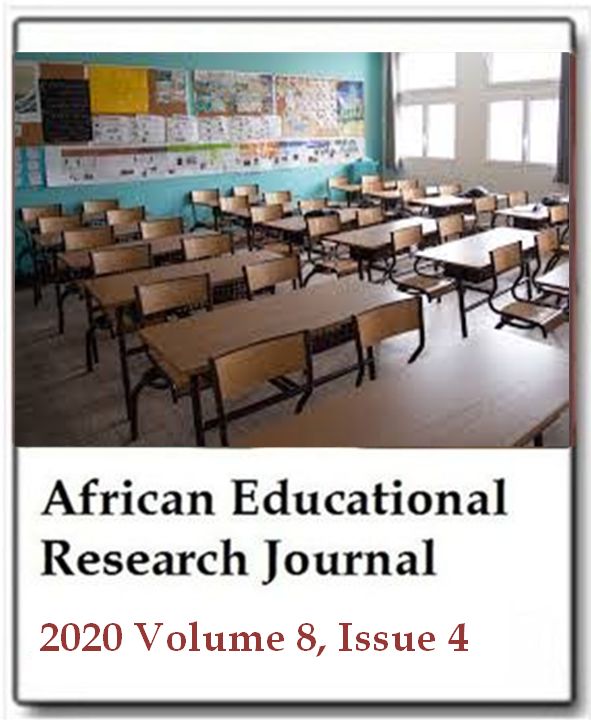Influence of school strategies on internal efficiency in constituency funded day secondary schools in Nairobi, Kenya
Ephraith Mbura NgariAfrican Educational Research Journal
Published: October 5 2020
Volume 8, Issue 4
Pages 649-663
DOI: https://doi.org/10.30918/AERJ.84.20.123
Abstract
The purpose of this study was to establish whether the existing school strategies achieve the expected high level of internal efficiency, in day secondary schools built and funded through Constituency Development Fund. The role of school strategies is critical for the realization of government initiative of improving access and affordability of secondary school education by students from poor backgrounds. A mixed research method was used with longitudinal survey and phenomenological designs to collect both quantitative and qualitative data. The data was collected through analysis of school document, questionnaires and discussions from 10 principals who were purposely selected, 10 class teachers who were randomly sampled and 84 Form Four students who were also purposely selected. The quantitative data were analyzed using descriptive statistics (mean and percentages) while qualitative data in narrative form (reported speech). The findings showed that most of the school strategies did not improve the internal efficiency of these schools. There was high progression and completion rate only in three schools where full bursaries were awarded to the needy students. The schools therefore were internally inefficient with an average coefficient efficiency of 51% against the expected level of 100%. The inefficiency was caused by high number of transfers and dropouts that persisted across all schools despite the strategies. The researcher therefore recommends an improvement of the strategies particularly the provision of full financial support to needy students, securing of the schools’ compounds and expansion of the schools’ infrastructure.
Keywords: School strategies, progression rate, completion rate, internal efficiency.
Full Text PDFThis article is published under the terms of the Creative Commons Attribution License 4.0

